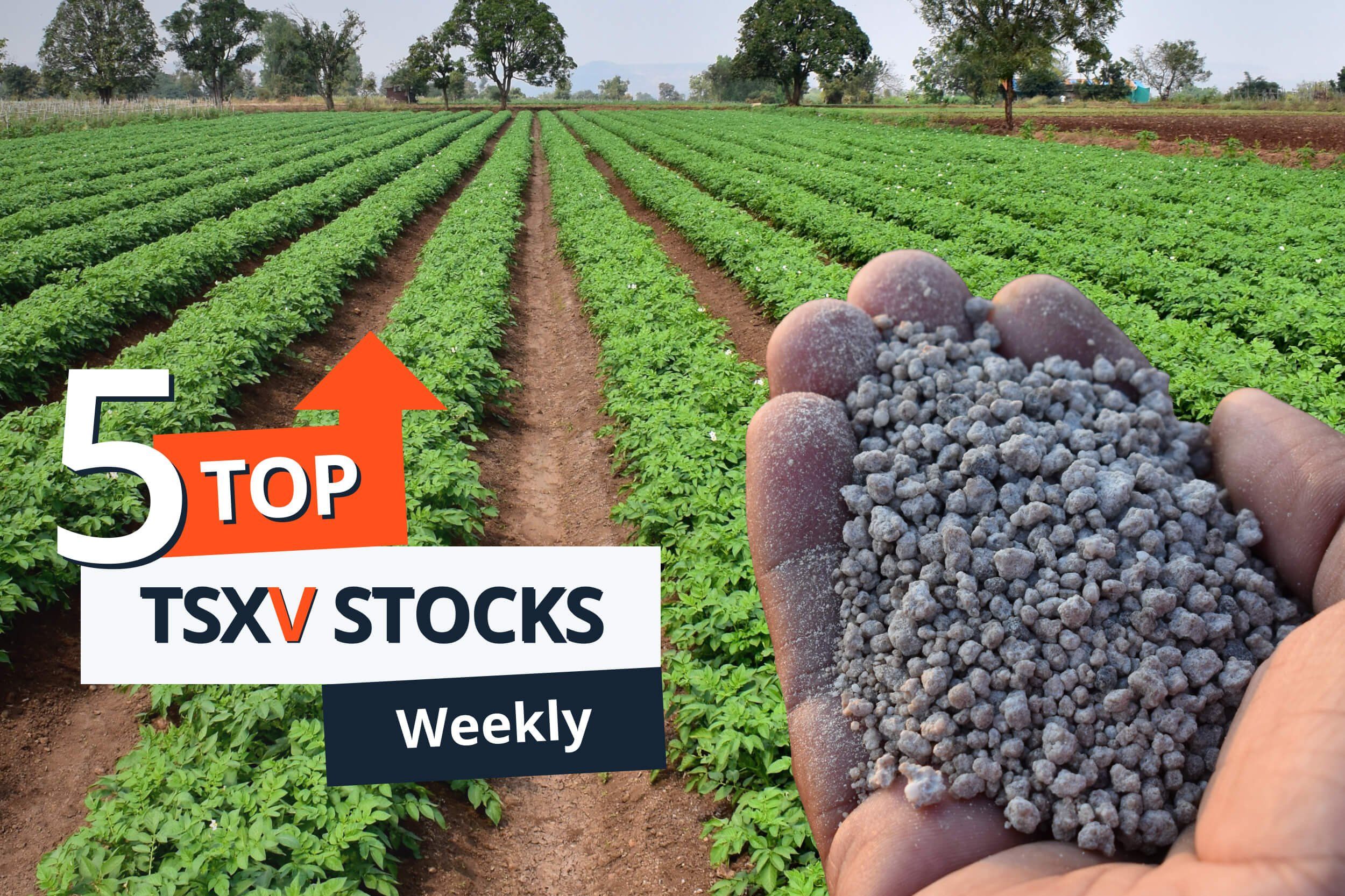
February 15, 2023
Silver Eagle Mines Inc. (the "Company") (CSE:SEM) announces that it will complete a securities for debt, issuing an aggregate of 633,465 units at a price of $0.10 per unit to settle $63,338.00 Each unit will be comprised of a common share of the Company and one warrant exercisable at a price of $0.20 until February 15, 2025. The Company further announces that it has granted 5,000 options to a consultant to the Company exercisable at a price of $0.10 until February 15, 2027.
Completion of the transaction remains subject to the approval of the Canadian Securities Exchange.
By order of the Board "Robin Dow" Contact Information Robin Dow, CEO Email: robin@dowgroup.ca Telephone: 604.355.9986
About Silver Eagle Mines Inc.
Silver Eagle Mines is a junior exploration company with an organic sedimentary raw rock phosphate bed, 8 one-fourth km long, in NE Nevada. The only organic sedimentary phosphate bed in North America, it is situated close to the main highway to Montello/Elko, NV, and the rail head to California. "Blow it up, dig it up, grind it up, bag it up, and ship it out by rail"
Forward Looking Statements [insert as required] Neither the Canadian Securities Exchange nor its Regulation Services Provider (as that term is defined in the policies of the Canadian Securities Exchange) accepts responsibility for the adequacy or accuracy of this release.
Click here to connect with Silver Eagle Mines Inc. (CSE:SEM), to receive an Investor Presentation
SEM:CC
The Conversation (0)
04 May 2023
CSE Bulletin: Name and Symbol Change - Silver Eagle Mines Inc.
Silver Eagle Mines Inc. (SEM) has announced a name and symbol change to Nevada Organic Phosphate Inc. (NOP). Shares will begin trading under the new name and symbol and with a new CUSIP number on May 9, 2023. Disclosure documents are available at www.thecse.com. Please note that all open orders... Keep Reading...
14 October
Verdant Minerals Gets Green Light for Ammaroo Phosphate Project
Verdant Minerals has received approval for a mining licence for its flagship Ammaroo phosphate project.In an October 8 announcement, the privately owned company said the approval from the Northern Territory government follows the granting of two mineral leases early in 2025.Gerard Maley,... Keep Reading...
25 August
Top 10 Phosphate Countries by Production
Phosphate is mainly used in the form of fertilizer for crops and animal feed supplements. Only 5 percent of world phosphate production is used for other applications, such as corrosion prevention and detergents.In its 2025 Mineral Commodity Summary, the US Geological Survey (USGS) states that... Keep Reading...
21 February
Nutrien Announces Ken Seitz and Jeff Tarsi as Speakers at the BofA Investor Conference
Nutrien Ltd. (TSX and NYSE: NTR) announced today that Mr. Ken Seitz, Nutrien's President and Chief Executive Officer, and Mr. Jeff Tarsi, Nutrien's Executive Vice President and President, Global Retail, will be speaking at the 2025 BofA Global Agriculture and Materials Conference on Wednesday,... Keep Reading...
23 July 2024
9 Phosphate Stocks to Watch
Demand for both phosphate and potash fertilizers is anticipated to continue growing as the world’s population increases and the amount of arable land decreases.The phosphate market is expected to witness a compound annual growth rate of 5.3 percent between 2023 and 2030 to reach US$78.4 billion.... Keep Reading...
04 April 2024
How to Invest in Phosphate
Discovering ways to invest in phosphate begins with understanding its primary uses. Notably, about 90 percent of phosphate is consumed by the agriculture sector. Because of its essential properties, and since there is no known substitute for it, phosphate can be found in fertilizer products all... Keep Reading...
29 January 2024
5 Top Weekly TSXV Stocks: Arianne Phosphate Grows with Nearly 80 Percent Gain
The S&P/TSX Venture Composite Index (INDEXTSI:JX) dropped 1.1 points this past week to close at 551.23.The Bank of Canada held steady, announcing on Wednesday (January 24) that it will be maintaining a 5 percent target for its key overnight rate. It based its decision on year-end inflation... Keep Reading...
Latest News
Latest Press Releases
Related News
TOP STOCKS
American Battery4.030.24
Aion Therapeutic0.10-0.01
Cybin Corp2.140.00





